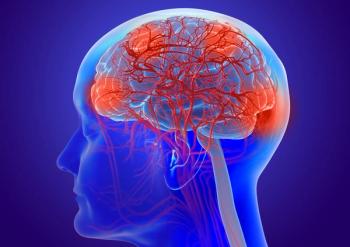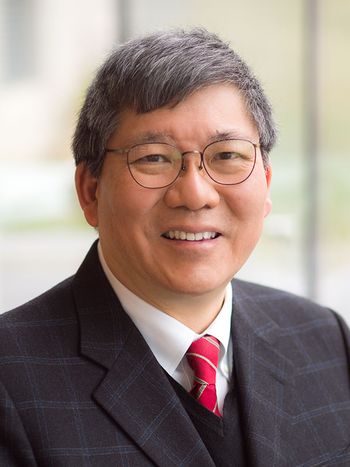
Oncology NEWS International
- Oncology NEWS International Vol 15 No 12
- Volume 15
- Issue 12
Genetic Brain Tumor Study Gets $11 Million NCI Grant
The National Cancer Institute (NCI) recently awarded The University of Texas M.D. Anderson Cancer Center $11 million to lead the largest genetic study ever conducted on the causes and risk factors of adult and pediatric gliomas. Melissa Bondy, PhD, professor of epidemiology and director of the Childhood Cancer Epidemiology and Prevention Center, is principal investigators of the "Gliogene" study.
HOUSTONThe National Cancer Institute (NCI) recently awarded The University of Texas M.D. Anderson Cancer Center $11 million to lead the largest genetic study ever conducted on the causes and risk factors of adult and pediatric gliomas. Melissa Bondy, PhD, professor of epidemiology and director of the Childhood Cancer Epidemiology and Prevention Center, is principal investigators of the "Gliogene" study.
The study will incorporate the combined research of an international consortium of brain tumor specialists who will examine DNA of families with multiple brain tumors in the United States, United Kingdom, Sweden, Denmark, and Israel. Beatrice Malmer, MD, PhD, associate professor at Umea University Hospital in Umea, Sweden, is the coordinating principal investigator of the study's European and Israeli collaborating institutions. By identifying potential genetic predictors of hereditary gliomas, the researchers hope to uncover important genetic information that may lead to improved treatment and prevention strategies for gliomas.
Although only 5% of all brain tumors are inherited, this area of research is relatively neglected, Ms. Bondy said. Study leaders aim to screen approximately 15,000 individuals during the 5-year study, in order to recruit approximately 400 families eligible for DNA analysis.
In addition to the NCI grant, the American Brain Tumor Association has provided funds to support the genetic analysis, which will be carried out in North America by Ching Lau, MD, PhD, associate professor of pediatrics at Baylor College of Medicine and a researcher at the Texas Children's Cancer Center.
The genetic analysis of patients in Europe and Israel will be conducted at the Institute of Cancer Research in the United Kingdom. Eligible families must have two or more biologically related members who have been diagnosed with a primary brain tumor. Individuals who participate will be asked to complete a 45-minute family history and risk factor interview over the phone and to provide a small blood sample.
The Gliogene study website is found at
Articles in this issue
about 19 years ago
Best Rx Most Cost-Effective: RTOGabout 19 years ago
Grape Seed Found to Be a Natural Aromatase Inhibitorabout 19 years ago
Drug Combination Prevents ER-Negative Tumors in Miceabout 19 years ago
Democrats' Agenda May Stifle Efforts for More Ca Fundingabout 19 years ago
No Loss of Efficacy With Synchronous Chemotherapy/ESPabout 19 years ago
'Share Care' Difficult for Ca Survivors and Their Oncologistsabout 19 years ago
Biomarkers Panel Promising for Detecting Pancreatic Caabout 19 years ago
Preop Avastin/Tarceva in RCCabout 19 years ago
Reovirus Agent Shows Activity in Phase I TrialNewsletter
Stay up to date on recent advances in the multidisciplinary approach to cancer.




![According to John Henson, MD, “What we need are better treatments to control the [brain] tumor once it’s detected.”](https://cdn.sanity.io/images/0vv8moc6/cancernetwork/e0d29c38bb732429ae370e4ef7d1829a10c96446-2992x1684.png?w=350&fit=crop&auto=format)













































































